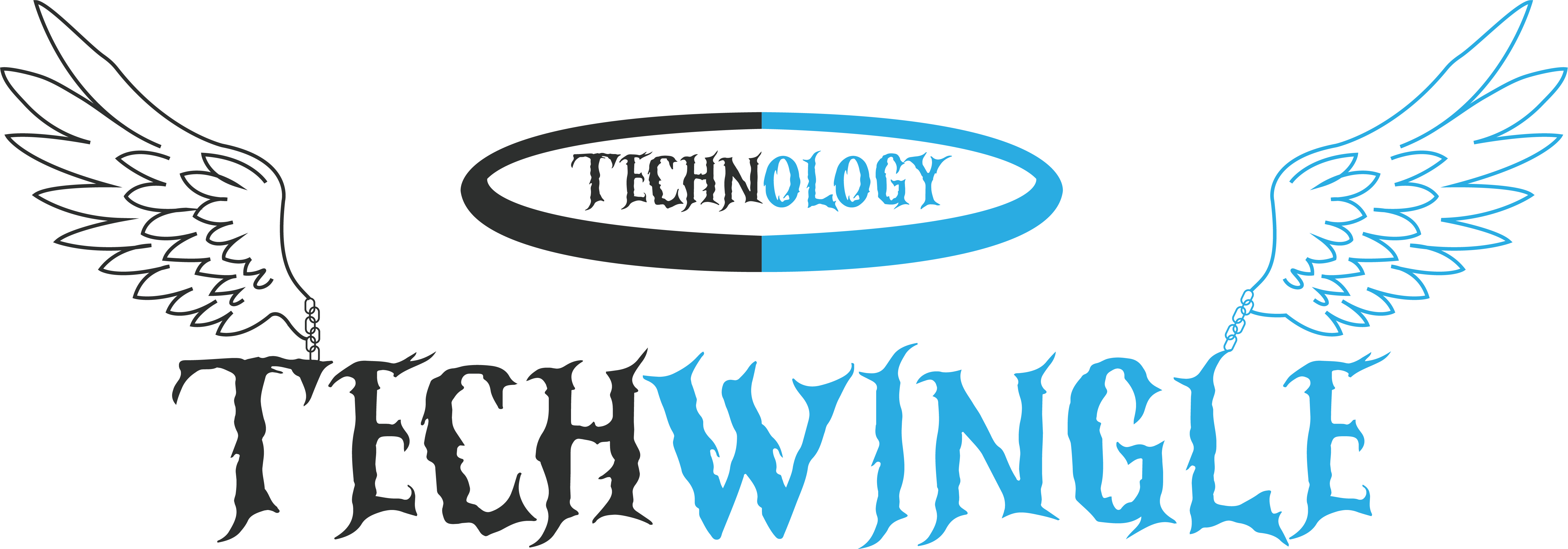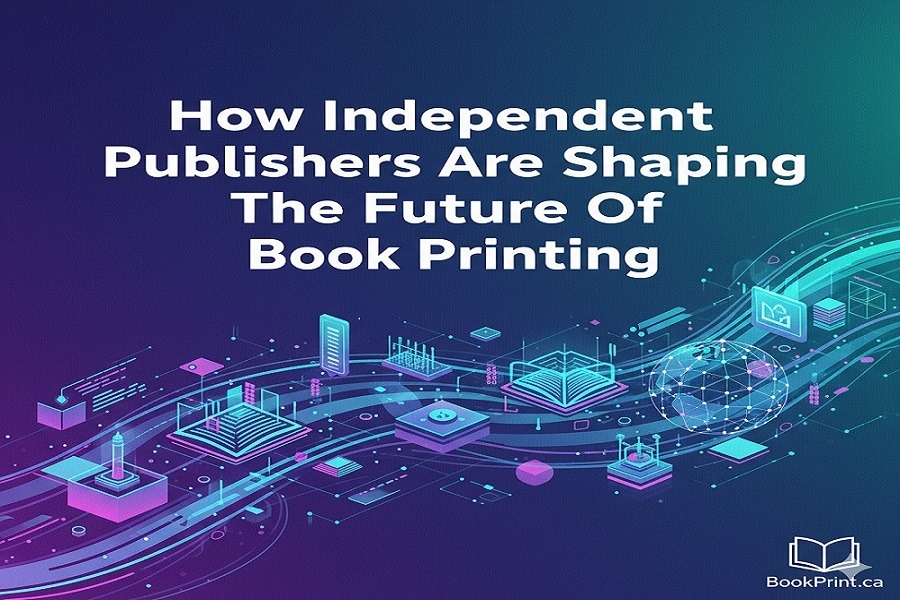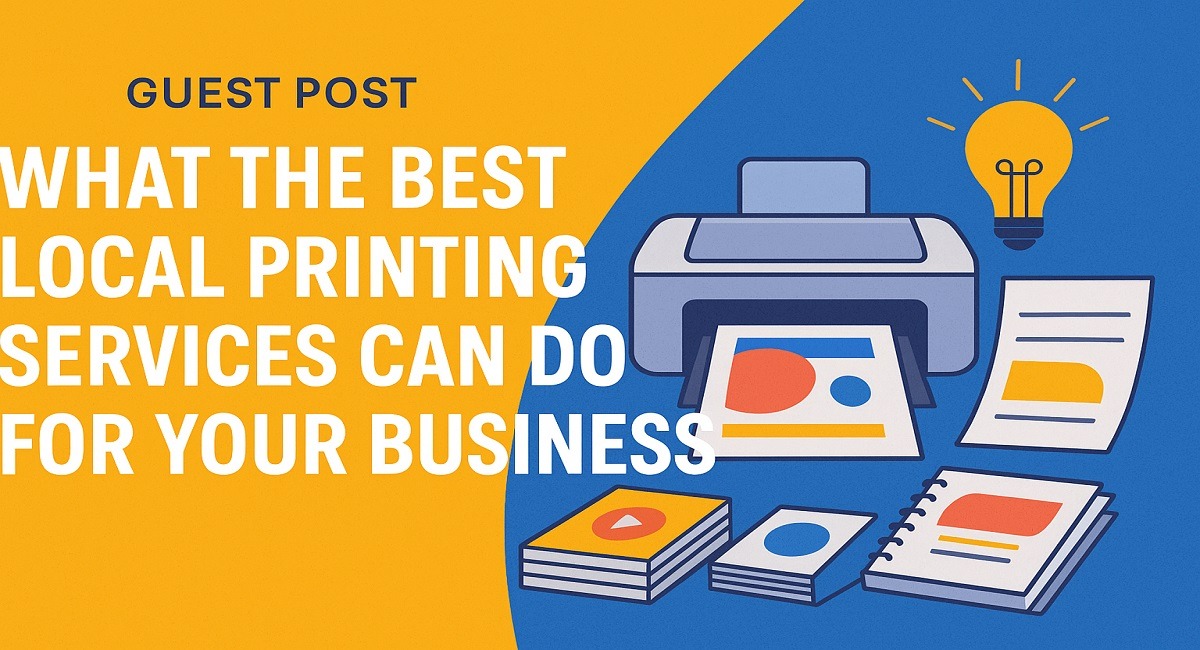Big publishers have long dominated the shelves, but the landscape is changing rapidly. Independent publishers are stepping in with fresh ideas, bold voices, and stories that might never have seen the light of day otherwise. While they are reshaping what we read, they are also transforming how books are printed, marketed, and shared.
Readers today want more than mass-produced titles. They carve unique voices, diverse perspectives, and designs that feel personal. Independent publishers are answering that call with creative printing choices, limited runs, and formats that challenge the norm. Their flexibility allows them to experiment in ways traditional publishers often can’t.
A new wave of innovation that blends storytelling with printing technology. From eco-friendly materials to small-batch editions, indie publishers are proving that books can be both meaningful and sustainable. But what does this mean for the future of book printing and for readers who are hungry for something different?
The Rise Of Independent Publishers
Independent publishers are no longer operating on the sidelines. They are carving out a strong space in the industry, one that values creativity over conformity. By taking risks on voices that big publishers often overlook, they are redefining what it means to bring a book into the world.
This rise is not limited to content only, but also includes the entire printing process. Indie publishers and ghostwriting services are leaning into new technologies, sustainable materials, and personalized formats that make books feel more like treasures than products. Readers notice the difference, and many are drawn to the authenticity these publishers bring.
As more authors choose the indie route, the publishing landscape is shifting. The power balance is changing, and with it, the future of book printing looks brighter, bolder, and far more diverse.
Creativity Beyond The Mainstream
Independent publishers thrive on creativity. Unlike traditional houses that often follow market-tested formulas, Indies embrace risk. They print books in unusual sizes, experiment with textured covers, and even revive forgotten printing styles.
Some produce limited edition runs with hand-numbered copies, giving readers something rare and collectible. This attention to detail transforms a book into more than just a story. It becomes an experience.
What is even more exciting is how these publishers give a platform to voices that might otherwise go unheard. From debut authors to underrepresented communities, independent presses are expanding the kinds of stories we see in print. This inclusivity reshapes the literary landscape, proving that innovation is as much about perspective as it is about design or technology.
Sustainability At The Core
Another way Indies are shaping the future is through eco-conscious printing. Many are moving away from plastic packaging, embracing recycled paper, and choosing inks that are less harmful to the environment. Some even partner with local printers to reduce shipping costs. For eco-minded readers, this makes buying an Indie book a guilt-free pleasure.
Sustainability is not a trend anymore. It is more of an expectation. Independent publishers, being nimble and values-driven, often lead the way here, setting standards that bigger companies eventually follow. By demonstrating that beautiful books can also be environmentally responsible, they are altering our perspective on the relationship between publishing and the planet.
Technology Meets Tradition
Indie publishing is not just about nostalgia for print. It is also about embracing the digital. Single-book printing UK services have been a game-changer, enabling small publishers to minimize waste while still offering high-quality books. This technology reduces financial risk, meaning publishers can focus on niche titles without worrying about warehouses full of unsold stock.
But even with these modern tools, independent publishers often keep a deep respect for tradition. Many work with skilled printers, letterpress artists, and binders to ensure each book reflects craftsmanship. It is this blend of old and new. Technology with artistry that makes their contribution to the future of book printing so powerful.
What This Means For Readers
For readers, the rise of independent publishers means more choices and more connections. You are not just buying a book. You are supporting a movement. Every Indie book purchased helps sustain an ecosystem that values creativity, diversity, and sustainability. And often, it gives you a direct link to the author and publisher, making the reading experience more personal.
So, next time you pick up a book with an unusual design or a fresh voice, pause and think: could this be the work of an independent publisher daring to do things differently? If so, you are holding a glimpse of the future of book printing in your hands.
Trends, How It Works, And Their Impacts
| Trend | What It Means | Impact on Readers & Industry |
| Creative Formats | Indie publishers experiment with unique sizes, textures, and limited editions. | Books feel like collectibles, enhancing the reading experience. |
| Diverse Voices | Publishing authors and stories is often overlooked by mainstream publishers. | Expands representation, offering fresh and inclusive perspectives. |
| Sustainable Printing | Use of recycled paper, eco-friendly inks, and reduced packaging. | Supports environmentally conscious readers and sets green standards. |
| Local Printing | Partnering with local printers to reduce shipping emissions and costs. | Strengthens communities while lowering environmental footprint. |
| Print-on-Demand | Printing books only when ordered, reducing overproduction and waste. | Makes niche titles possible and lowers financial risk for publishers. |
| Blending Tradition & Tech | Combining digital printing with artisanal methods like letterpress and hand-binding. | Creates books that balance efficiency with craftsmanship. |
| Small-Batch Editions | Limited runs of hand-numbered or custom-designed books. | Adds exclusivity and personal value for collectors and readers. |
Frequently Asked Questions
- What makes independent publishers different from traditional publishers?
Independent publishers are smaller, more flexible, and often take creative risks that big publishers avoid. They focus on unique voices, innovative designs, and sustainable printing practices.
- How do independent publishers use technology in book printing?
Many use print-on-demand services to minimize waste and lower costs. They also combine modern digital printing with traditional techniques to create books that are both efficient and artistic.
- Are indie publishers more sustainable than big publishers?
Often, yes. Many independent publishers prioritize eco-friendly materials, local printing, and reduced waste. Their smaller scale allows them to adopt sustainable practices more quickly.
Conclusion
Independent publishers are no longer the quiet underdogs. They are active innovators reshaping the world of books. By blending creativity, sustainability, and technology, they are demonstrating that the future of book printing does not have to resemble the past. Instead of mass-produced sameness, they are offering authenticity, craftsmanship, and innovation. For authors, this means new opportunities. For readers, it means rich choices and deeper connections. The book in your hands is no longer just ink on paper. It is more of a story, a vision, and sometimes even a piece of art.
As the publishing industry continues to evolve, one thing is clear. Independent publishers are keeping pace with the future of book printing and leading the way.





